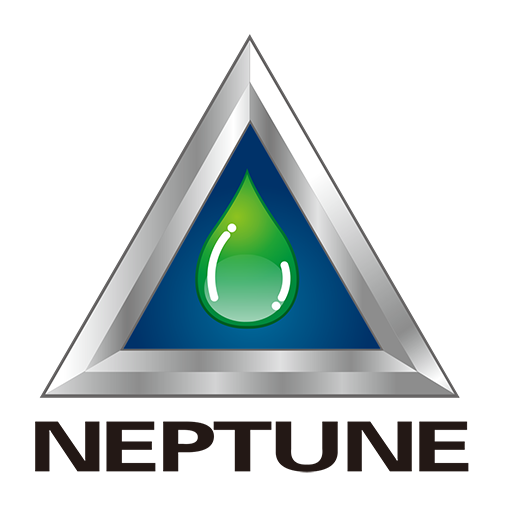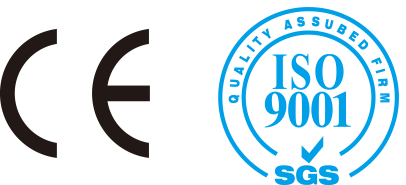Bottled and sachet pure water for drinking is made use of fresh water as resource water. The raw water must purifier by electrodialysis, ion exchange, reverse osmosis water treatment machine, distillation. And pure water is filler and sealing in bottle or sachet which does not contain any additives .
Sensory index
| NAME | Claim |
| Chroma/degree ≤ one | 5, and shall not show other abnormal colors |
| Turbidity/NTU ≤ | 1 |
| Smell and taste | No odor or odor |
| Visible | Not detectable |
Physical and chemical indicators
| NAME | 要求 |
| PH≤ | 5.0-7.0 |
| Conductivity(25±1℃)(uS/cm)≤ | 10 |
| potassium permanganate(O2)/(mg/L)≤ | 1.0 |
| Chloride(Cl-)≤ | 6.0 |
| Nitrite (calculated by NO2)≤ | 0.002 |
| Carbon tetrachloride(mg/L)≤ | 0.001 |
| Lead(calculated by Pb)(mg/L)≤ | 0.01 |
| Arsenic ( calculated by As )/(mg/L)≤ | 0.01 |
| Copper ( calculated by Cu)/(mg/L)≤ | 1.0 |
| Cyanide (calculated by CN-) /(mg/L)≤ | 0.002 |
| Volatile phenol (calculated by phenol) /(mg/L)≤ | 0.002 |
| Trichloromethane) /(mg/L)≤ | 0.02 |
| Free chlorine(Cl-)/(mg/L)≤ | 0.005 |
Microbial indicators
| NAME | CLAIM |
| Total colony count/(cfu/mL) | 2 |
| Coliform group/(MPN/100mL | 1 |
| Mold and yeast/(cfu/mL) | NO ALLOW |
| Pathogenic bacteria (Salmonella, Shigella, Staphylococcus aureus) | NO ALLOW |
Hygienic requirements
objective
In order to guide the production of bottled purified drinking water plant and pure water sachet plant make it meet the requirements of food hygiene, and ensure people’s health,
Bottled purified drinking water, which is made from water by electrodialysis, ion exchange, reverse osmosis, distillation and other appropriate processing methods and is sealed in the container, and does not contain any additives for direct drinking.
guiding principle
1. The water treatment workshop should be a closed room, and the filling workshop should be closed and equipped with air purification devices. The air cleanliness should reach Class 1000, and automatic filling should be used.
2. The equipment, pipes, tools, appliances and water storage facilities must be made of non-toxic, odor free, corrosion-resistant and easy to clean materials, and the surface should be smooth, free of pits, peeling, gaps, dead corners, blind ends, and easy to clean and disinfect; The storage tank shall be easy to discharge water to avoid microbial pollution caused by the formation of dead water layer.
3. Do not use recycled bottles. Automatic equipment must be used to strictly clean and disinfect bottles and caps before filling.
Article 5 Effective disinfection measures shall be taken. Terminal water, cleaned bottles and caps, total bacterial count, coliform bacteria, drug residues, etc. shall not be detected.
4. The employees must maintain good personal hygiene. Before entering the workshop, they must wear clean work clothes, work caps and work shoes. The work clothes should cover the coat, and the hair should not be exposed outside the cap. The personnel entering the filling room must change clothes for the second time and wear masks before entering.
5. The purified water production unit shall establish its own health management organization and provide qualified inspectors; Establish a qualified inspection room suitable for the production capacity to be responsible for the product inspection. The sensory indicators, pH value, conductivity, total bacterial count and coliform group must be inspected in each batch, and can only leave the factory after passing the inspection.
6. The purified water production unit shall regularly inspect the raw water. In addition to the routine inspection of each batch of purified water products, if the production is stopped, a full item inspection must be conducted before production.
7 In addition to the commodity name, the bottled purified drinking water shall also be marked with the words of its main process and purified water.

